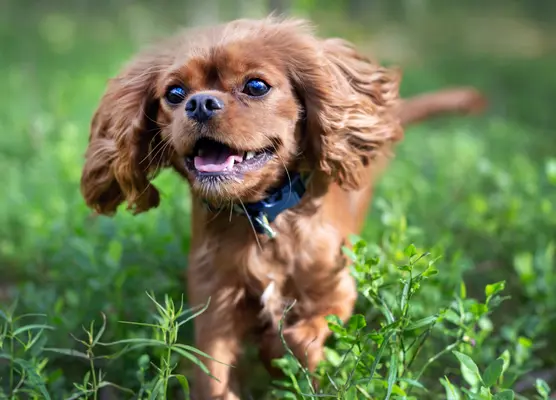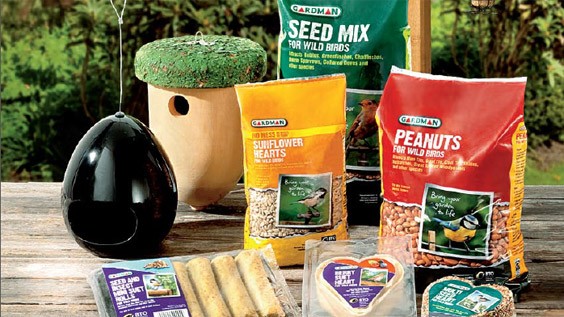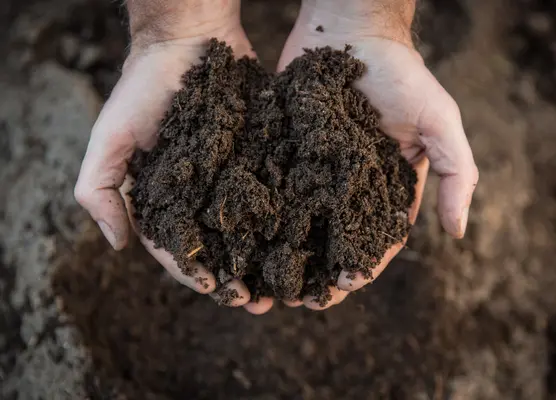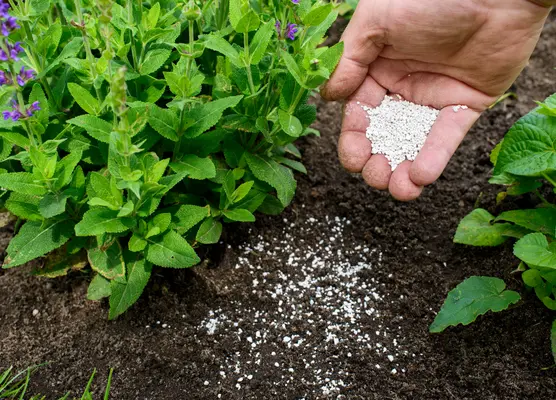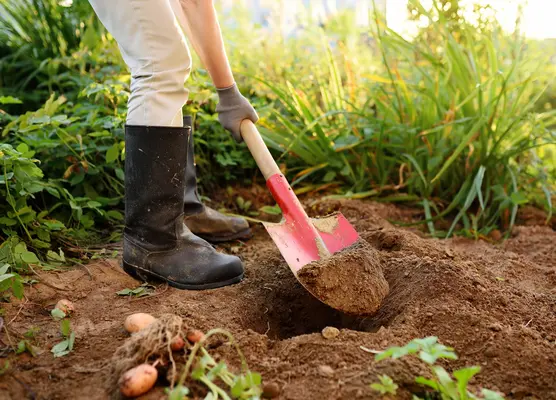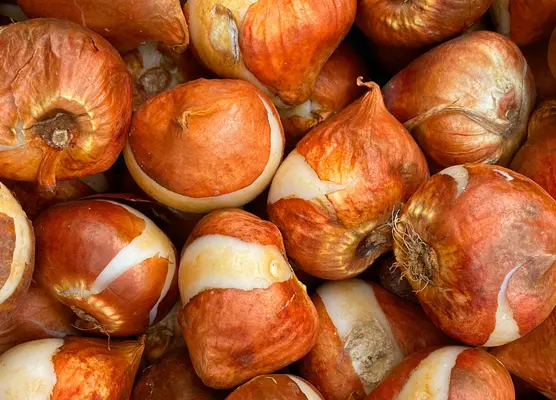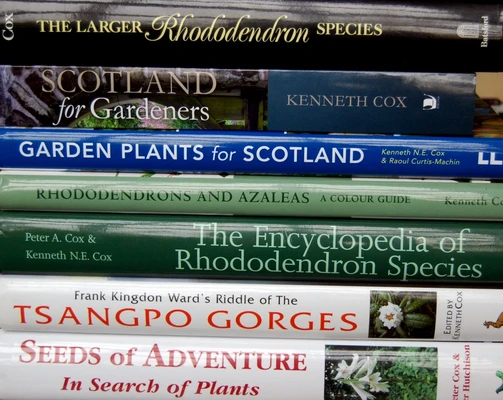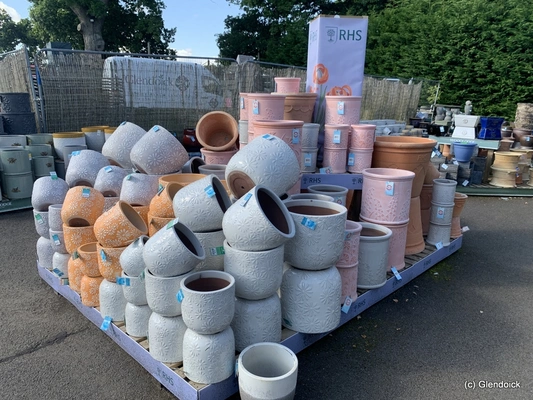Pets and Birdcare
Everything you need for your furry friend
From dog beds to cat toys, there is something for your new kitten or puppy, grown up cat or adult dog.
We have yummy chews, squeaky toys, and wonderful dog and cat collars with leads to match.
You can find products from Kong, Petface and new in store voyager hemp treats and pampering goods.
Following extensive research, Glendoick has launched it's own range of pet food for dogs & puppies. It is designed and produced by a pet nutritional team at Plock's Farm in Lancashire and is approved by vets.
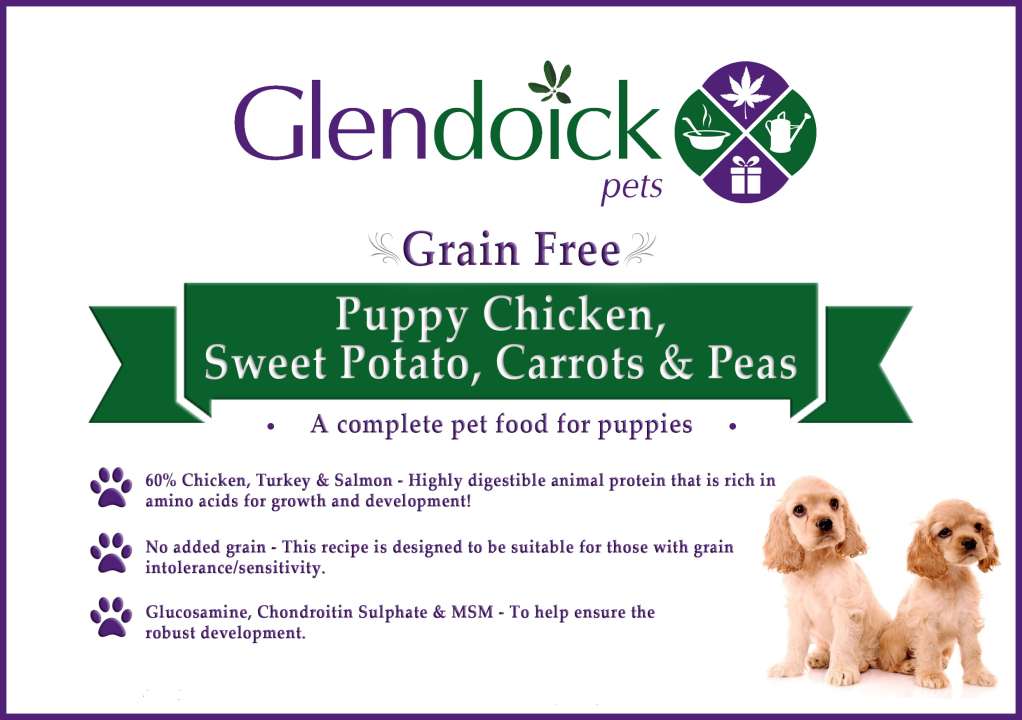
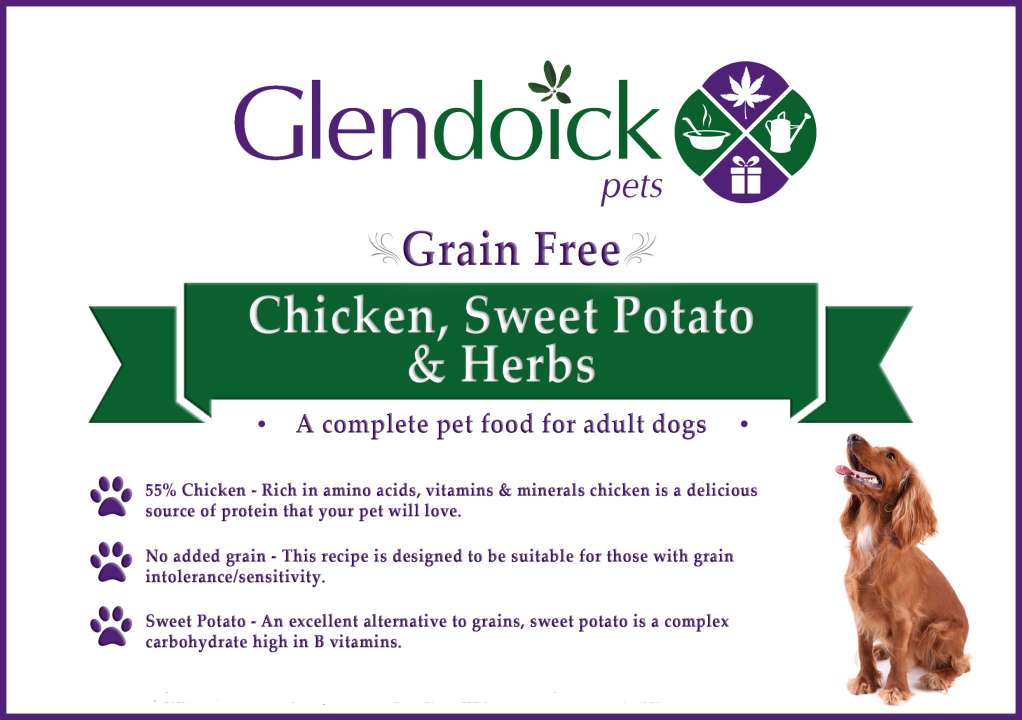
DOG & PUPPY FOOD
A grain free diet more closely mimics a canine's ancestral diet as a carnivore and most vets recommend that carbohydrates and grains make up only a small portion of a dog's diet.
Dogs have little natural digestive support for breaking down and metabolizing complex carbohydrates and cereal grains and over period of time, this can damage the lining of the digestive system, resulting in bowel inflammation disorders, food sensitivities, food allergies, leaky gut and obesity.
Benefits of a grain-free diet:
- Helps keep dogs fuller longer resulting in less food being eaten
- May reduce canine food allergies
- More energy
- Fewer and smaller stools (because more food is utilized, less is wasted)
- Healthier skin
- Shinier coat
- Less shedding
- Better breath
- Reduced flatulence
Quoted from Canine Journal, 16 October 2014
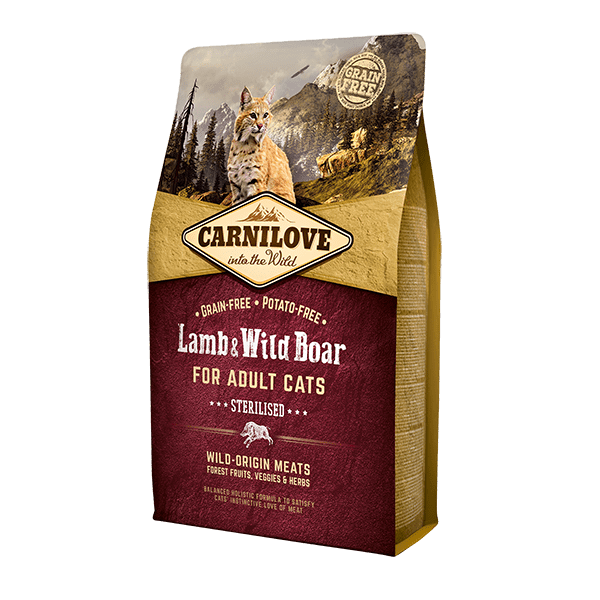
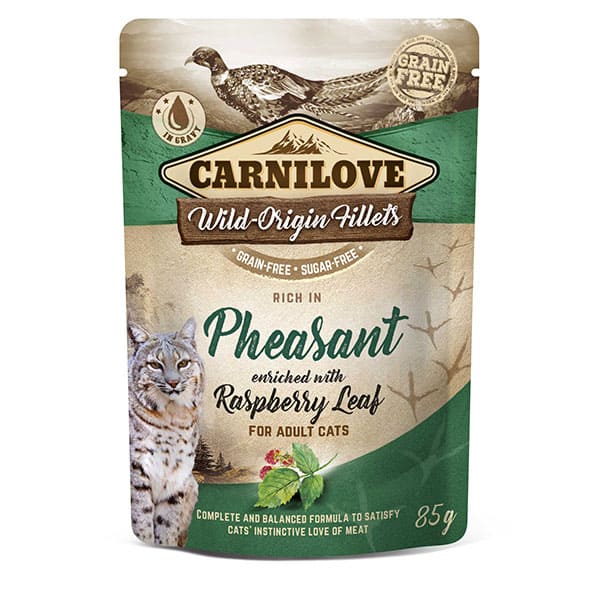
CAT & KITTEN FOOD
From Carnilove - All of Carnilove’s cat food recipes are bursting with top-quality natural ingredients that are irresistible to even the choosiest of feline gourmands.
The wide spectrum of carefully selected wild-origin meats, such as reindeer, duck, pheasant, turkey, lamb, wild boar and salmon, corresponds to the composition of natural prey and ensures intake of important amino acids.
Forest fruits, vegetables, wild berries, and herbs are natural sources of important vitamins, antioxidants and other essential nutrients. 70 – 75% Wild-Origin Meats.
We now stock Natures Menu frozen foods and treats, raw freeflow mince, beef chunks, marrowbone and duck necks.
Wild Bird Care
Feeding the wild birds is a wonderful way to attract a plethora of feathered friends to your garden.
Glendoick stock a wide range of quality bird seeds, seed mixes and treats as well as an extensive range of bird feeders and other bird care accessories.
How should I provide bird food?
Supplementary food can be provided in many ways, depending upon the type of food being used and the species for which it is intended. Different species have adapted to feeding on a range of foods and have clear preferences in how they obtain their food.
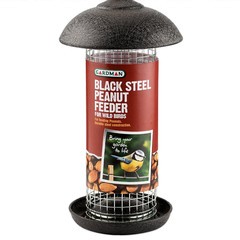
Some species are ground feeders (e.g. Robin and Dunnock) while others prefer to feed from hanging feeders (e.g. Blue Tit & Great Spotted woodpecker).
Place hanging feeders and raised bird tables close to high cover, so feeding birds can shelter in the bushes if a Sparrowhawk appears. Conversely, the best place for a ground feeding station is away from low vegetation, reducing the risk from cats, waiting to pounce.
Hanging bird feeders come in two main forms, for seed and other for peanuts. Choose a feeder design that is robust and can be readily dismantled for cleaning.
When making a choice between plastic and metal construction, the decision may well be influenced by the destructive habits of Grey Squirrels.
Some feeders come with a surrounding cage, designed to only allow access for smaller birds, these are an obvious choice where Feral Pigeons, Woodpigeons or Grey Squirrels are a nuisance.
Which bird foods should I provide?
SEED MIXES
These come in a vast range, differing in content and quality. Cheap mixes often have a high proportion of cereal and attract pigeons. Better quality mixes are lower in cereal content and are particularly suitable for finches and buntings. The best mixes are carefully balanced to cater for a range of species.
PEANUTS
High in the oils and proteins needed by birds. Peanuts are best supplied behind a mesh, so that a bird cannot take a whole peanut away.
BLACK SUNFLOWER SEEDS
A high energy food in a readily accessible form. They have thinner shells than traditional striped sunflower seeds and so are a favourite of Greenfinches and Tits, though they may be shunned if sunflower hearts are available.
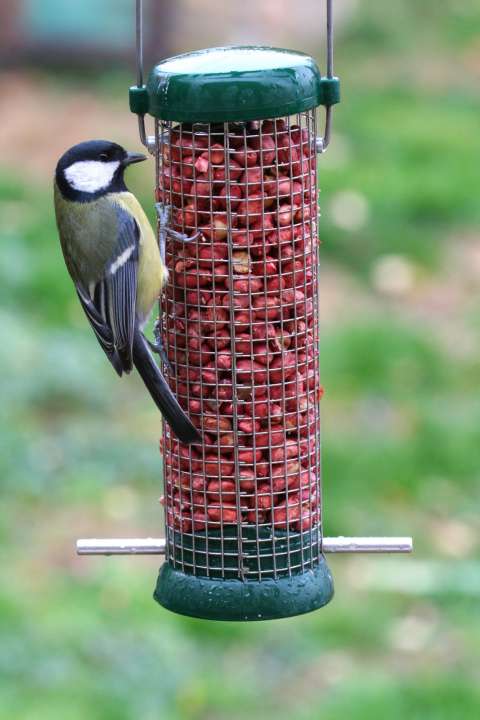
SUNFLOWER HEARTS
More expensive than black sunflower seeds but they have two advantages. First, the birds can feed more quickly because they do not have to remove the husk. Second, the lack of a husk means that there are no unsightly piles of husks left behind on the ground after the birds have fed.
NYGER SEED
A recent new introduction to the bird feeding market particularly enjoyed by Goldfinches and Lesser Redpolls, which seem to like the small size of these seeds. Because they are so small, nyger seeds need to be supplied in a specially adapted feeder. They are oil rich and ideal for birds with delicate bills.
SUETS
Suets are an essential high energy food for winter to allow wild birds to survive the cold weather. A selection of suets helps to provide this to all wild birds.
- suet balls - a widely fed suet product, for maximum energy. Premium fat snax have significantly higher energy than others.
- suet rolls - an ultra high energy food fed in the same way as suet balls.
- suet feasts - a high energy alternative to suet balls with softer suet for easier feeding and higher energy.
- suet treats - bite size high energy suet treats, feeds quicker and prefered by many birds. A real favourite of robins.
MEALWORMS
At times of year when there are a lack of natural occuring insects these are the nearest available alternative to the natural thing. High in protein and energy.

